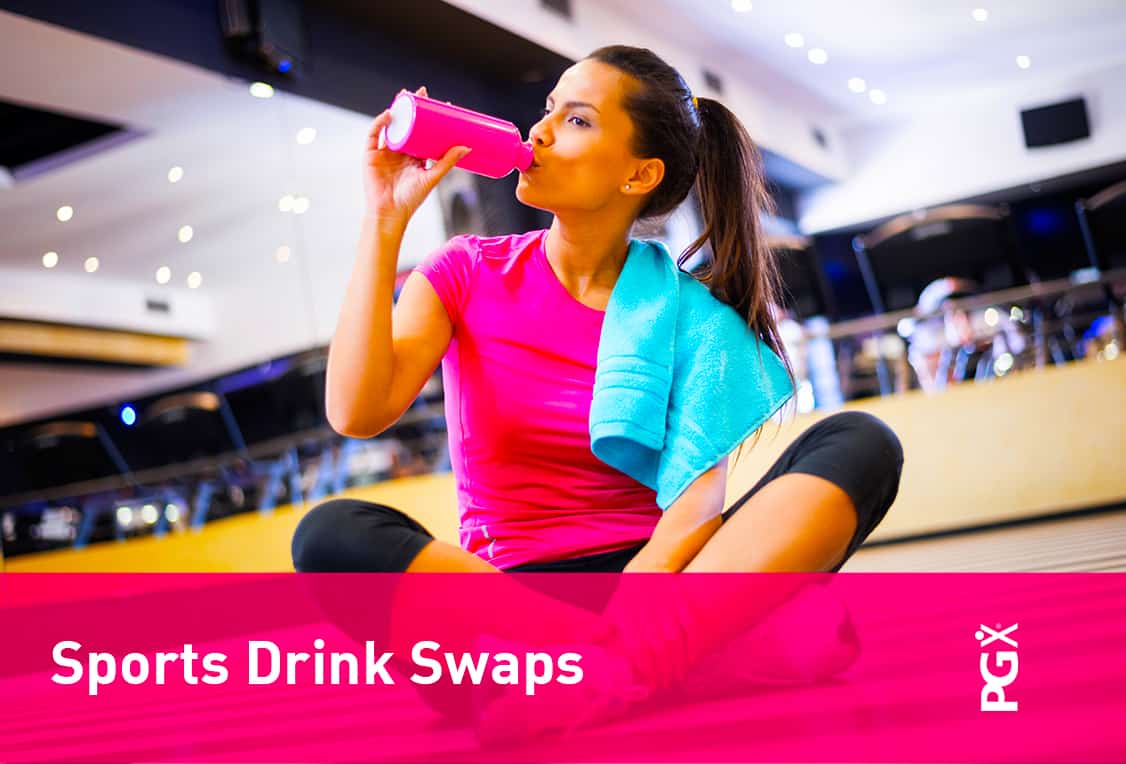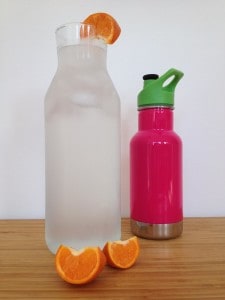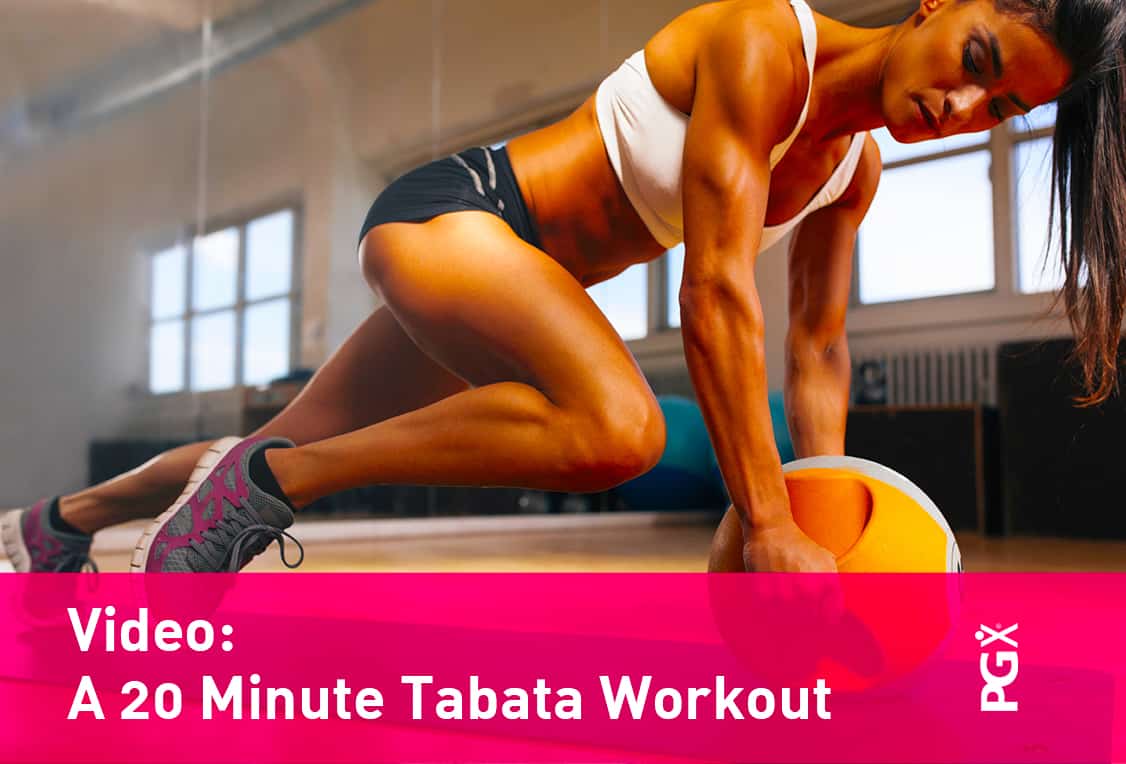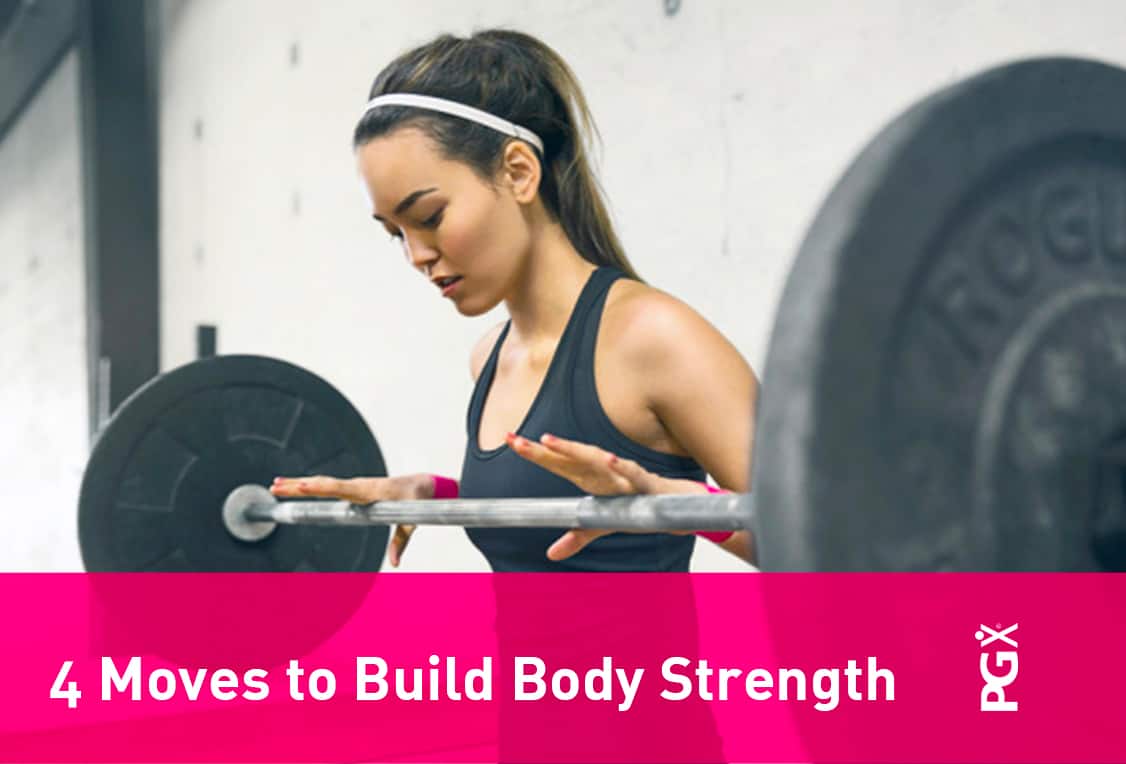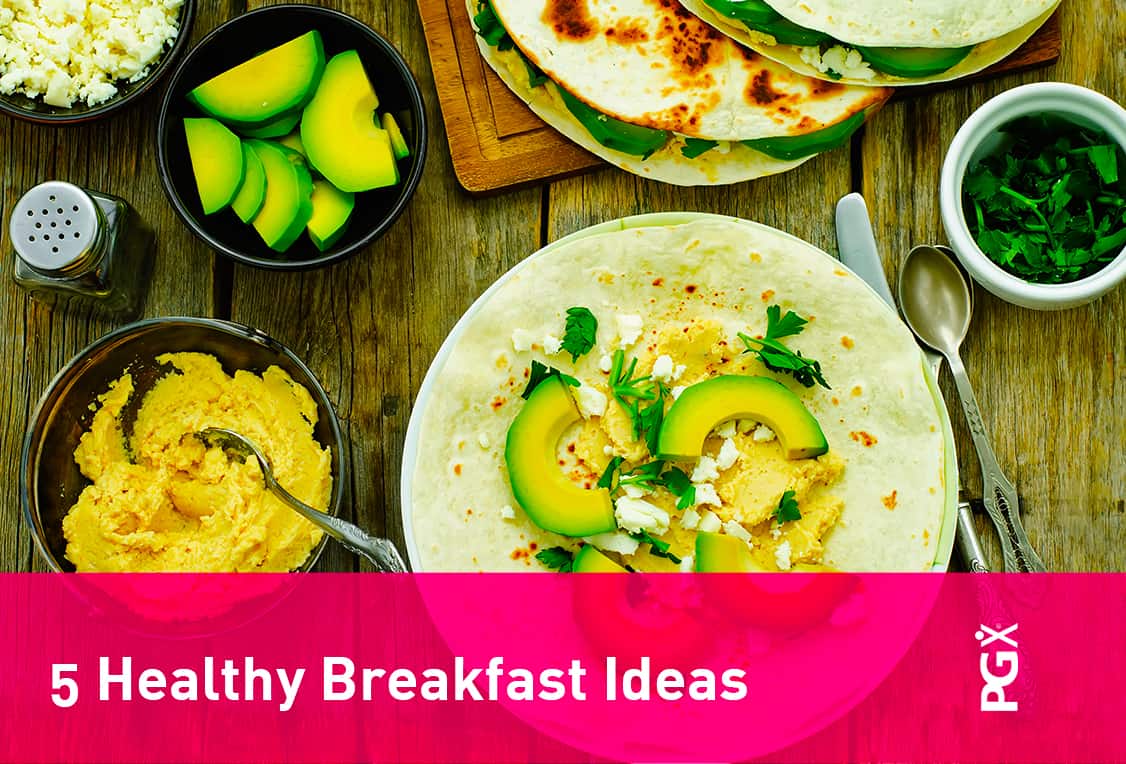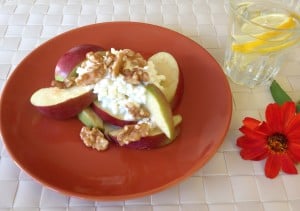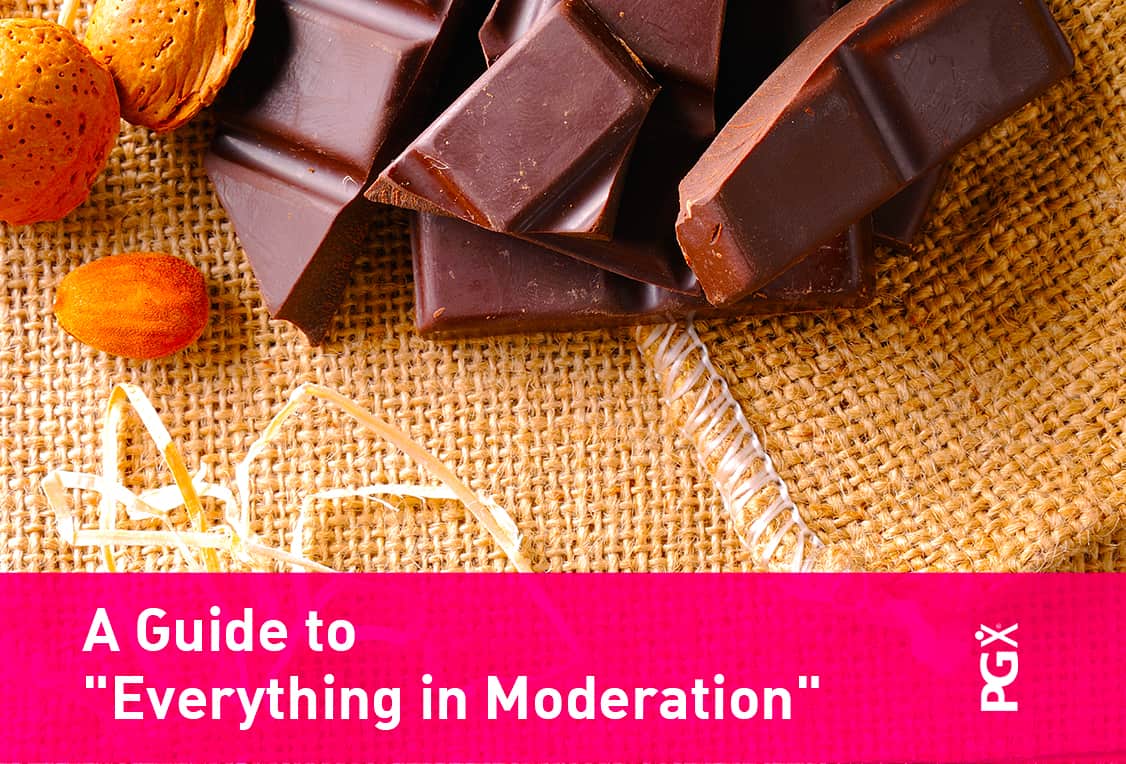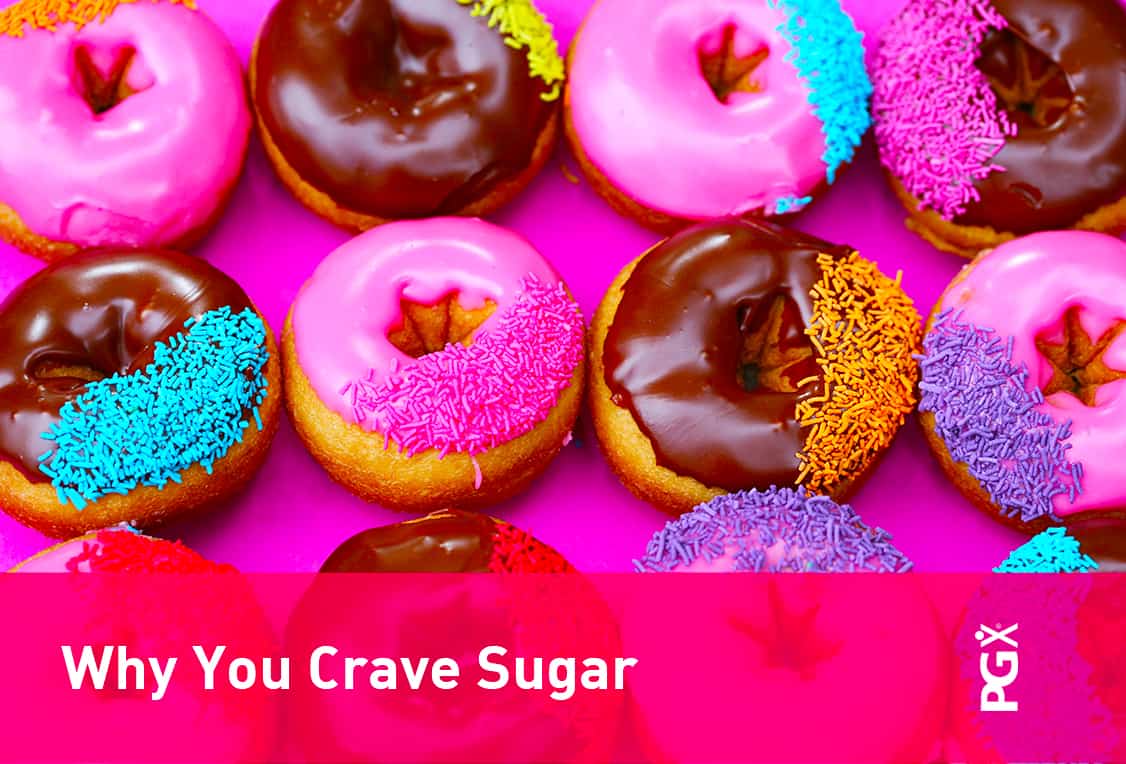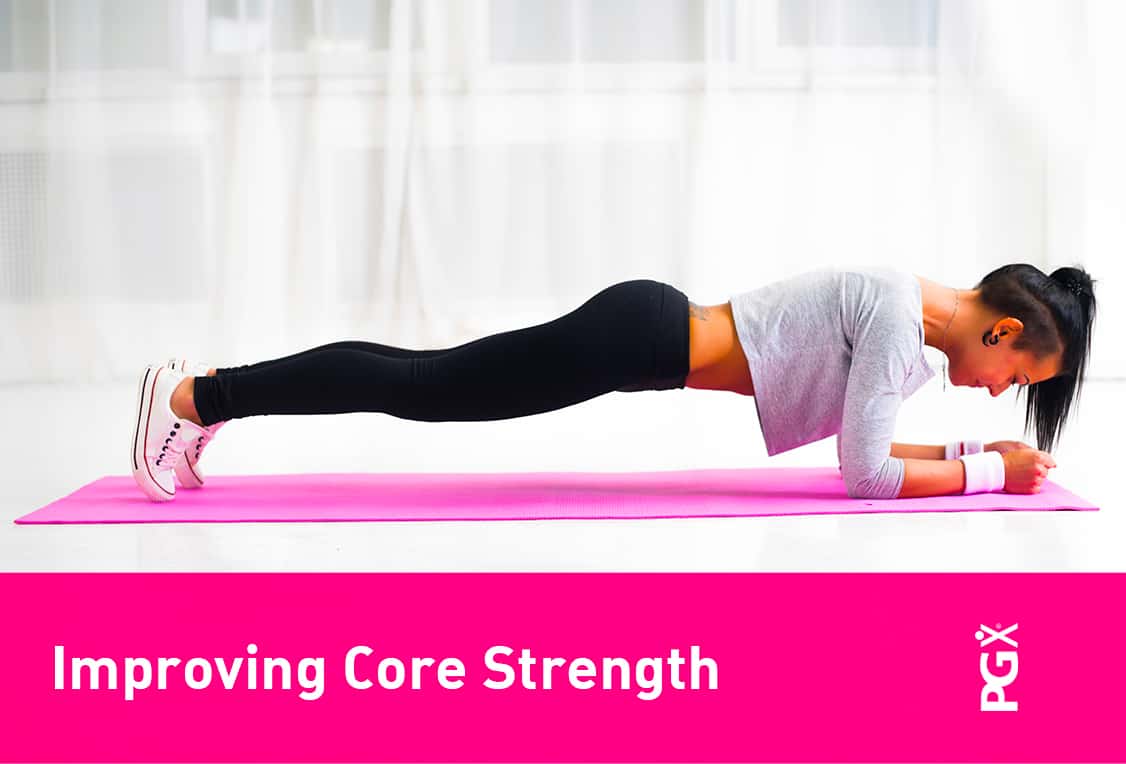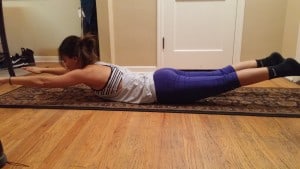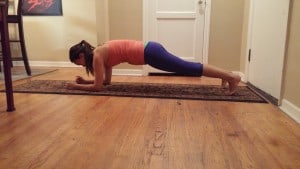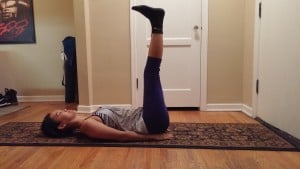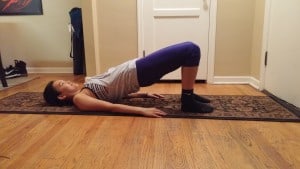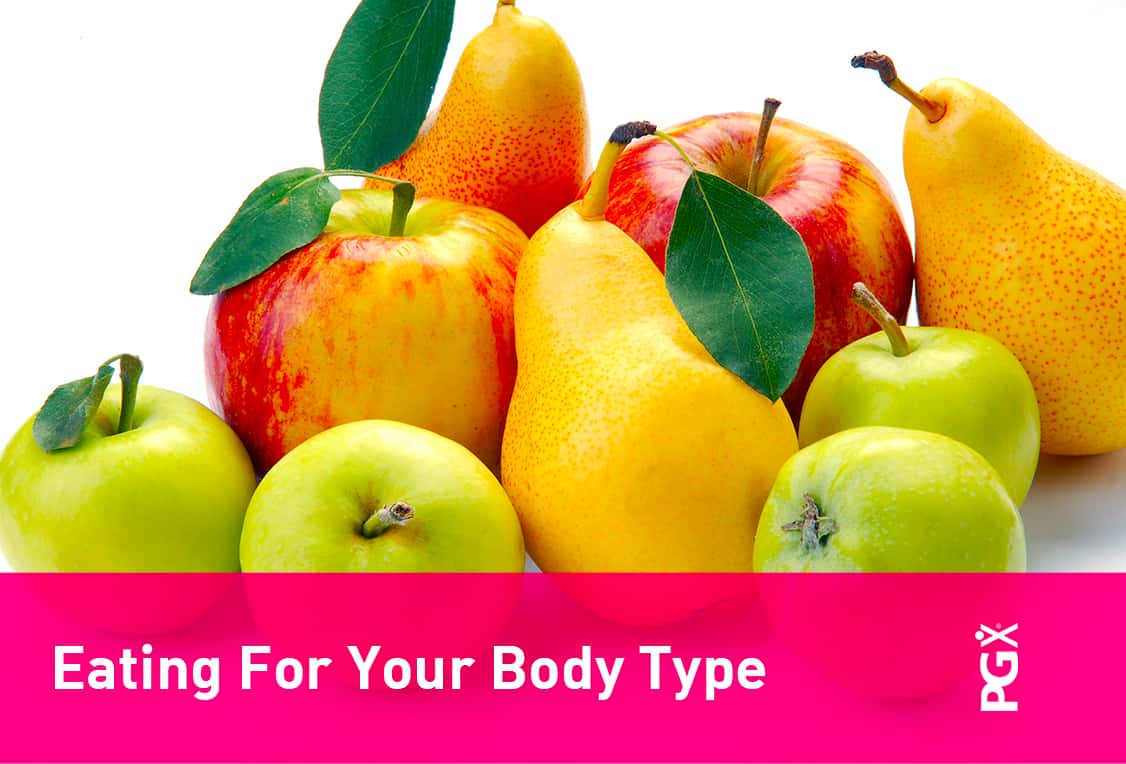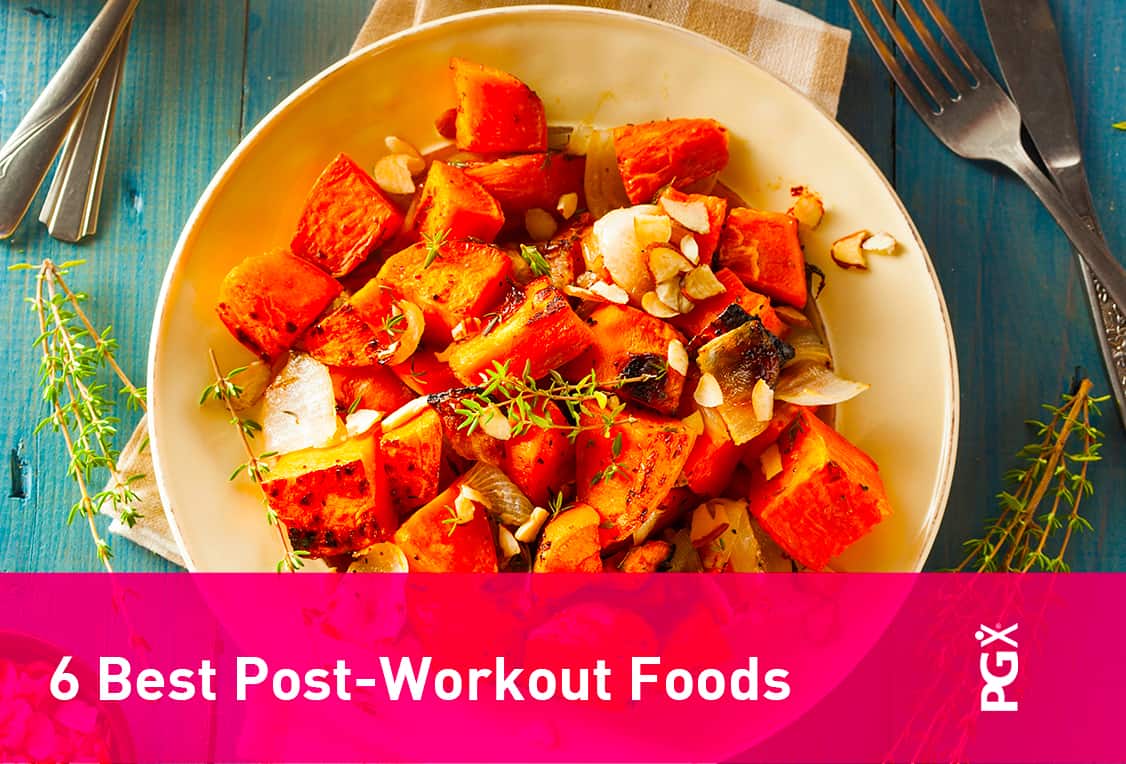
6 Best Post-Workout Foods
Efficient refueling after a workout helps your body build and maintain muscle. Strength training and other types of exercise can cause tiny tears in the muscles which, when repaired, help to make the muscles stronger. However, your body needs a good supply of protein, carbohydrates and healthy fats in order to make those repairs.
Research suggests that a 4:1 ratio of carbohydrate to protein is an efficient way to replenish muscle energy in the form of glycogen, and to kick start the healing process to build stronger and healthier muscles. This process also requires a good intake of vitamins, minerals and other nutrients, including plenty of antioxidants, to stave off damage from the free radicals generated by increased metabolism during exercise.
Post-Workout: The Importance of Protein
When choosing post-workout foods, aim for between 6 and 20 grams of protein, depending on factors such as the intensity of your workout, your body weight, and your weight management goals. This helps feed your muscles without overtaxing digestion or overloading on amino acids that won’t be used.
A smoothie with a scoop of plant-based protein, such as PGX Protein*, is an easy and convenient way to get a good amount of protein, along with beneficial fiber, carbohydrates, vitamins and minerals.
In addition to choosing foods with a good amount of protein, it’s also a good idea to keep your fat intake low immediately after exercise, as fat slows down digestion. However, including a source of omega-3 essential fatty acids can help support your body’s natural inflammatory response.†
6 Post-Workout Foods
Not a fan of smoothies? Not to worry! Keep the following foods on hand for a delicious, beneficial post-workout snack or meal:
1. Nut Butter and Banana Sandwich
PB & J, without the J! Try eating a banana, almond butter sandwich on whole wheat bread for a quick way to refuel after a session at the gym or after a big competition.
The almond butter and bread provide protein, and the almonds are a source of vitamin E, magnesium and calcium, which support healthy muscle function. Bananas contain easily digested carbohydrates to restock glycogen stores, in addition to a range of beneficial antioxidants. They also contain tryptophan, the amino acid that is converted into serotonin, so bananas could be the ideal post-workout snack for anyone who struggles to enjoy exercise!
2. Lentil Soup
A rich source of protein, iron and fiber, lentils are a great choice for any post-workout meal. They have about 2.2 grams of carbohydrates to 1 gram of protein, so adding in kale, spinach or chard to a basic lentil soup is a great way to meet that 4:1 ratio of carbohydrate to protein, all while stocking up on vitamins, minerals and a range of phytonutrients.
Mix in onions, leeks, shallots and/or garlic for additional sulfur compounds that help the body to produce glutathione, a key antioxidant enzyme that helps support muscle health.
3. Chickpeas
Chickpeas are a versatile whole food that can be boiled, roasted and salted for a handy post-workout snack. They can also be included in a vegetable stir fry with soba (buckwheat noodles) to round out the protein for a heartier meal, or processed into hummus as a simple, tasty dip to enjoy alongside fresh vegetables or pita bread.
Chickpeas have a 3:1 ratio of carbohydrate to protein, barely any fat, and when you combine them with a little lemon juice (rich in vitamin C), they’re a good source of iron.
4. Chia-Tofu Pudding With Blueberries
Chia seeds are a complete protein, containing all nine essential amino acids required in our diet. They’re also a good source of omega-3 essential fatty acids. When whipped up with some silken tofu, blueberries, and a dash of maple syrup, chia seeds transform into a delicious pudding that is high in antioxidants, protein and fiber.
5. Sweet Potatoes
Sweet potatoes are a good source of carbohydrates, beta-carotene, vitamins C, B2, B6, B5 (pantothenic acid), folic acid, copper and potassium. Team a sweet potato with a good source of protein, like hummus or beans, and you’ll have an excellent antioxidant-rich post-workout meal.
6. Maca
This root vegetable is a rich source of nutrients and is traditionally used to support adrenal gland function, helping the body to cope with stress. Maca may also help keep cortisol levels in check, which can support healthy blood glucose regulation already within the normal range and support a healthy inflammatory response.† Powdered maca can be added to any smoothie, or even to soup for convenience.
Developing Good Post-Workout Eating Habits
It’s important to eat well after exercise so as to not leave yourself vulnerable to injury and to support a healthy immune system.† Exercising without giving your body enough time and the right nutrition to repair muscles can increase the risk of muscle soreness and injury, as well as making you susceptible to fatigue and less than optimal support for your immune system.†
If you find it hard to eat after exercising, try a protein shake or soup. Liquids are easier to consume, digest and assimilate, meaning that you can pack in more good nutrition without expending energy chewing and breaking down the food. Save the serious whole foods for about an hour after exercise so your body has time to ready itself to focus on digestion.
Remember to make your post-workout foods fun! That way, you’ll be more motivated to exercise and won’t be tempted to skip the important window of opportunity to restock those glycogen stores and help your muscles to start healing.†
*Drink additional water (8 fl. oz.) after ingesting PGX®. If you are taking medications, take one hour prior to or two hours after taking PGX®.
†This statement has not been evaluated by the Food and Drug Administration. This product is not intended to diagnose, treat, cure or prevent any disease.


